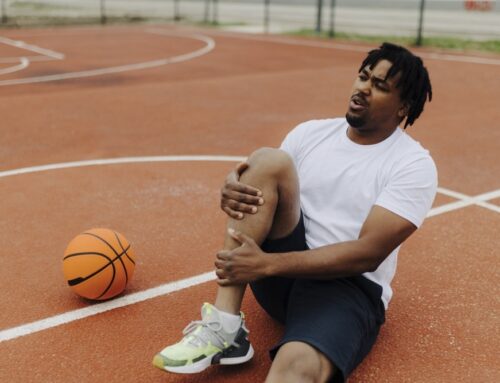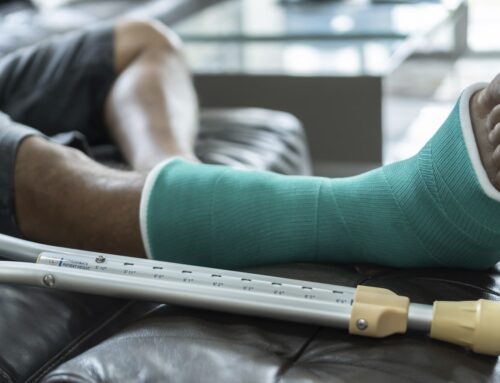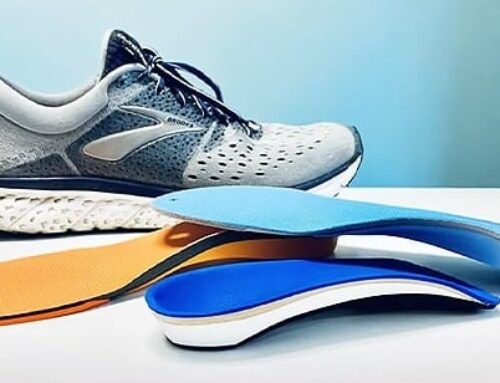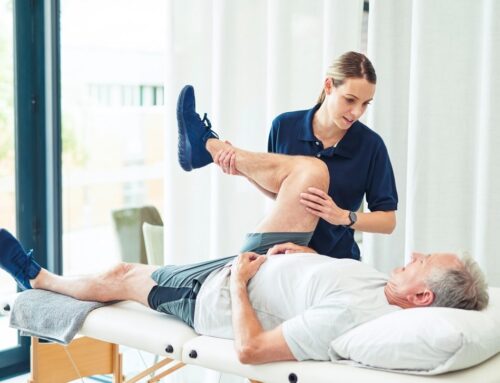Running is a great way to improve cardiovascular health and maintain overall fitness. Physical exercise increases your bone density, making bones stronger and reducing your risk of osteoporosis. Having a good running technique can improve your performance and reduce injury. Our guide to proper running form looks at ways to help you have a better experience.
Physical form
When you participate in physical activity, your body works in unison, but this is especially true of running. Whether running outdoors or on a treadmill, good running form can help you reduce the risk of injury. Pay attention to your body before, during and after your run to perfect your form.
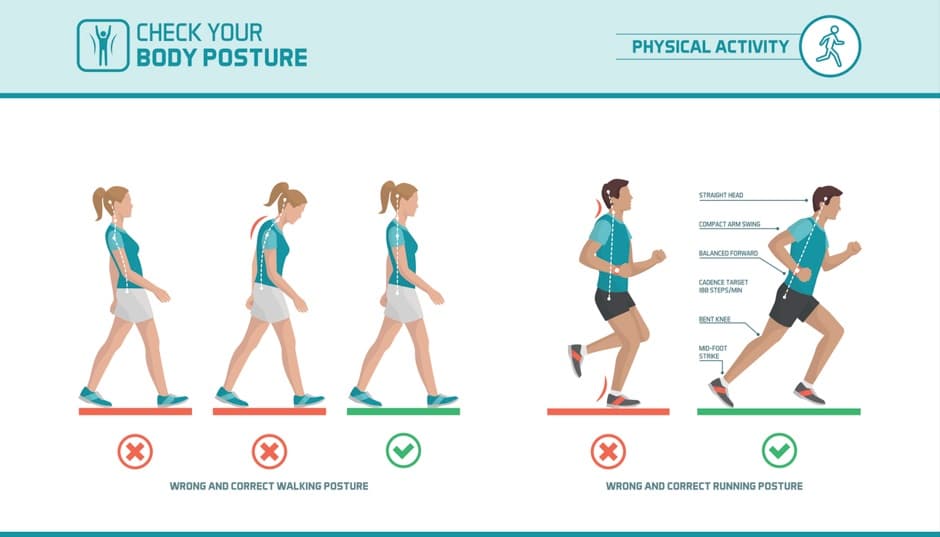
Posture
The foundation of proper running form begins with your posture and alignment. Maintaining good running posture can reduce strain on the body and enhance efficiency.
Good posture starts with keeping your body in a straight line from your head to your ankles, with a slightly forward lean. This means keeping your head up, your shoulders relaxed and your spine neutral. Avoid backward when running, which can disrupt your balance.
Head position
Keep your head up and look forward instead of at the ground, which helps align the front of your body. Avoid tilting your head or upper body too far forward or backward to prevent neck and upper back strain.
Shoulders
Keep your shoulders relaxed and square to avoid tension. Try not to hunch over because it can tighten the muscles and lead to neck and upper back discomfort. A good shoulder position will also help with breathing.
Arms
Your arm swing can help you maintain balance and momentum. With proper running form, your arms should be bent at around 90 degrees, with your elbows close to your sides. Swing your arms naturally back and forth, and avoid crossing your chest.
Core
Engage your core muscles to stabilize your torso. A strong core helps prevent excessive side-to-side movement, which reduces the risk of injury and improves your efficiency. A strong core also improves your posture and reduces lower back pain.
Hips
Keep your hips level and facing forward. Avoid excessive hip rotation, which can lead to lower back pain. If you arch your back when you run, it may cause tight hip flexors, so maintain a neutral hip position.
Knees
Maintain a slight bend in your knees throughout your stride and avoid bouncing when hitting the ground. Over-straightening your legs can increase the risk of knee injuries.
Feet
Make sure your foot lands on your midfoot or forefoot rather than striking with your heel. The correct foot strike reduces the impact on your joints and works as a natural shock absorber. Proper foot form and heel strike can also reduce the risk of injuries like shin splints and stress fractures.
Breathing
You can improve your stamina by getting adequate oxygen in your lungs. The American Lung Association recommends trying rhythmic breathing. This technique shifts your breath from foot to foot to reduce running’s impact on your lungs.
Start with a five-step pattern by taking three steps while you inhale and two steps as you exhale. As you increase speed, you can shift to inhaling during the first two steps and exhaling on the third step.
Other factors to consider
Proper body positioning is one element of good form, but how and where you run also has an effect. Consider these additional tips to improve your running form and performance.
Cadence
Cadence is the number of steps you take per minute while running. When you have a higher cadence, you are likely experiencing a more efficient run. Aim for a rhythm of around 170-180 steps per minute. You can improve your cadence by listening to music with a matching beat.
Stride length
Maintaining an appropriate stride length is crucial for proper running form. Overstriding or taking steps that are too long can be hard on your joints. Focus on taking shorter, quicker steps, which helps you maintain a faster pace with less effort.
Footwear
Choosing the right running shoes is essential to maintaining proper running form and preventing orthopedic injuries. Visit a specialty running store or consult an orthopaedic specialist to find shoes for your foot type and activity. Shoes in a size that fits your running style can provide support and cushioning to protect your feet, ankles and knees.
Environment
Consider where you run and any adjustments you need to make. You may need to adapt your form if you are on an uneven surface, like on a trail. The same applies to running on a treadmill or a track.
Before and after
Remember to warm up before running to prepare your muscles and cool down afterward. Properly warming up can prepare your body for running. Dynamic stretches after a run can help your muscles recover.
Gradual progression
Whether you are a beginner or a seasoned runner, pushing yourself too hard too soon can lead to overuse injuries. Gradually increase your mileage, pace or intensity to allow your body to adapt and reduce the risk of orthopaedic issues.
Sports medicine doctors in Cary, North Carolina
Mastering proper running form requires patience and consistent effort. If you have difficulty with physical activity because of an injury or other issues, make an appointment with Cary Orthopaedics. Our sports medicine specialists can provide a personalized plan to get you back on your feet.


